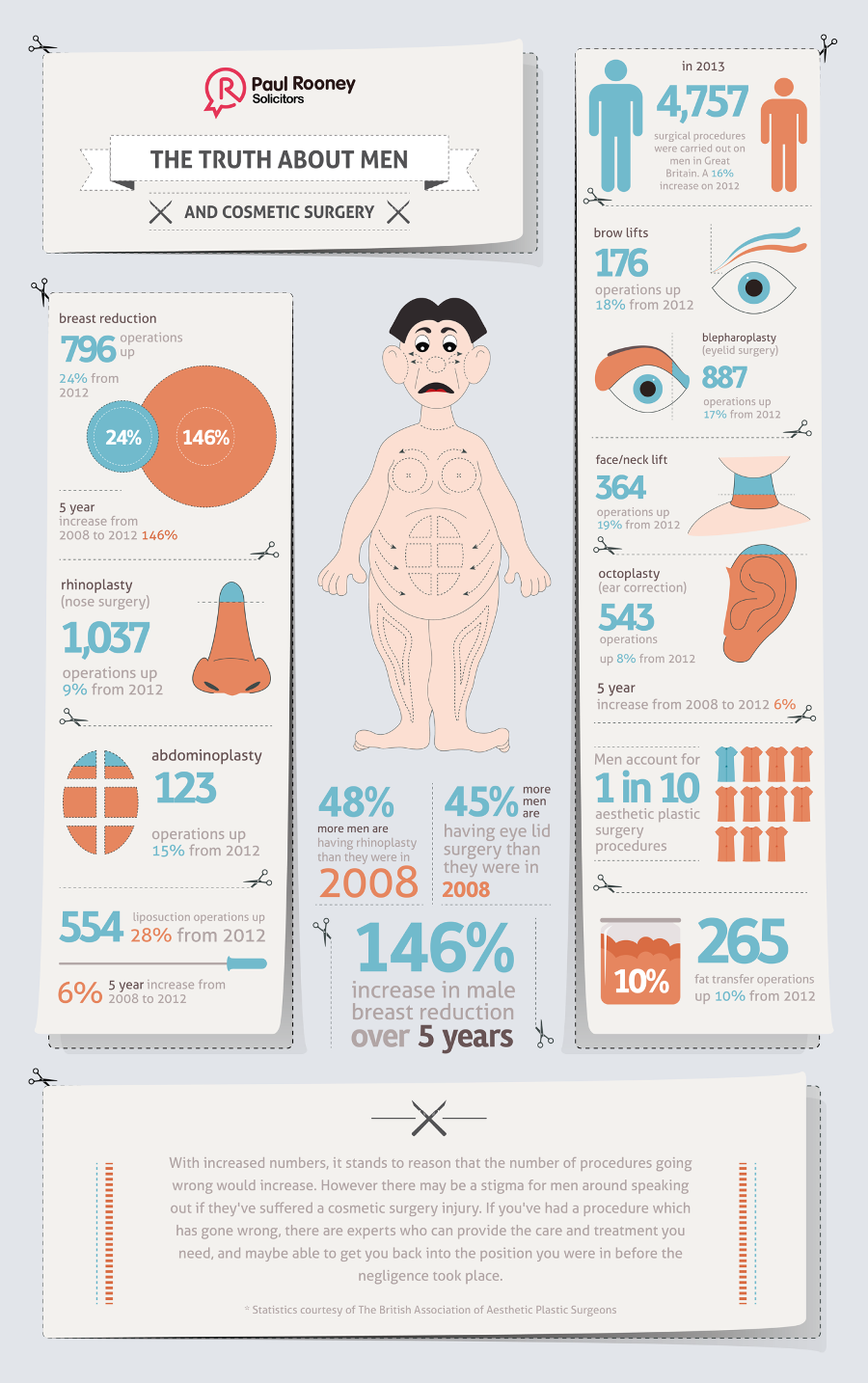Do Hydrafacials Help Acne
Do Hydrafacials Help Acne
Blog Article
Hormone Acne - What is Hormonal Acne?
Hormone acne is identified by clogged up pores and oily skin that commonly shows up on the chin and jawline. It happens when hormonal adjustments cause inflammation and bacterial overgrowth within hair roots.
Outbreaks may appear as whiteheads, blackheads, papules or pustules and cysts or nodules in a lot more extreme instances. It is more usual in teenagers going through adolescence however can impact grownups of any age.
What Causes Hormonal Acne?
While acne can be triggered by a range of aspects, consisting of making use of hair and skin treatment items that aren't oil-free or made with active ingredients that can block pores, genetic tendency, diet plan,2 and anxiety, the source is rising and fall hormonal agents. Hormone acne takes place when the body experiences hormone adjustments and fluctuations that lead to an overflow of sebum, which creates swelling, increased growth of bacteria and changes in skin cell activity.
Hormonal acne is frequently found on the lower jawline, cheeks and neck but can appear anywhere on the body. It is characterized by blemishes that are cystic, uncomfortable and loaded with pus or various other material. It is likewise most likely to happen in ladies than guys, particularly throughout adolescence, the menstruation, maternity or menopause.
Age
While lots of youngsters experience acne eventually during adolescence, it can continue to plague adults well right into the adult years. Called hormone acne, this kind of outbreak is linked to variations in hormonal agents and is usually most typical in women.
Hormonal acne occurs when oil glands produce too much sebum, which obstructs pores and catches dead skin cells. This causes the development of blemishes, such as whiteheads, blackheads and papules, pustules, cysts or nodules, deep under the surface area.
This kind of blemish often creates discomfort, inflammation and inflammation. It might additionally be cyclical and appear around the very same more info time monthly, such as right before your period begins. This is since levels of women hormonal agents like progesterone and oestrogen change with each menstrual cycle.
Menstruation
Hormone acne usually appears in the reduced part of your face, along the jawline and cheeks, as whiteheads, blackheads or inflammatory acnes (pimples and cysts). It's most likely to show up around the moment when your menstruation adjustments.
Specifically around ovulation, when estrogen and progesterone degrees are on the rise, hormonal agent variations can trigger breakouts. Yet it's likewise possible to obtain acne at any kind of factor during your 28-day menstrual cycle.
If you observe that your hormonal acne flare right before your period, attempt observing when precisely this happens and see if it connects to the phases of your 28-day menstrual cycle. This will certainly help you determine the source of your skin difficulties. For example, you might want to work on stabilizing your blood glucose and cutting out high-sugar foods, or take into consideration a prescription medicine like spironolactone that can regulate your hormonal agents.
Pregnancy
Expanding an infant is a time of dramatic hormone modifications. For many ladies, this includes a flare-up of hormone acne. This kind of breakout normally begins in the initial trimester, around week six. It's caused by hormonal agent surges that boost sebaceous glands to make more oil, which can obstruct pores and trigger more germs to build up.
Outbreaks may also happen as a result of pre-existing conditions like polycystic ovary disorder, which can also be a concern during pregnancy and menopause. Additionally, some kinds of birth control pills (such as Ortho Tri-Cyclen and YAZ) can trigger hormonal acne in some females.
Luckily, most acne therapies are "no-go" for pregnant ladies (including prominent acne-fighting ingredients such as isotretinoin and spironolactone). However if you can not prevent those irritating bumps, your medical professional may suggest oral erythromycin or cephalexin, which are secure during pregnancy.
Menopause
As females come close to menopause, the estrogen levels that created their hormone acne to flare up throughout adolescence start to stabilize and lower. At the same time, however, a spike in androgens (additionally known as male hormonal agents) occurs due to the fact that these hormones can not be converted into estrogen as successfully as in the past.
The excess of androgens can activate oil production by the sweat glands, which clogs pores. When the blocked pores come to be inflamed and irritated, a pimple kinds.
Hormonal acne is usually seen on the face, specifically around the chin and jawline, but it can happen on the neck, back, shoulders, or upper body. This type of acne has a tendency to flare in a cyclical pattern, similar to the menstruation. Tension, which increases cortisol and throws hormonal agents out of equilibrium, also contributes to the outbreaks.